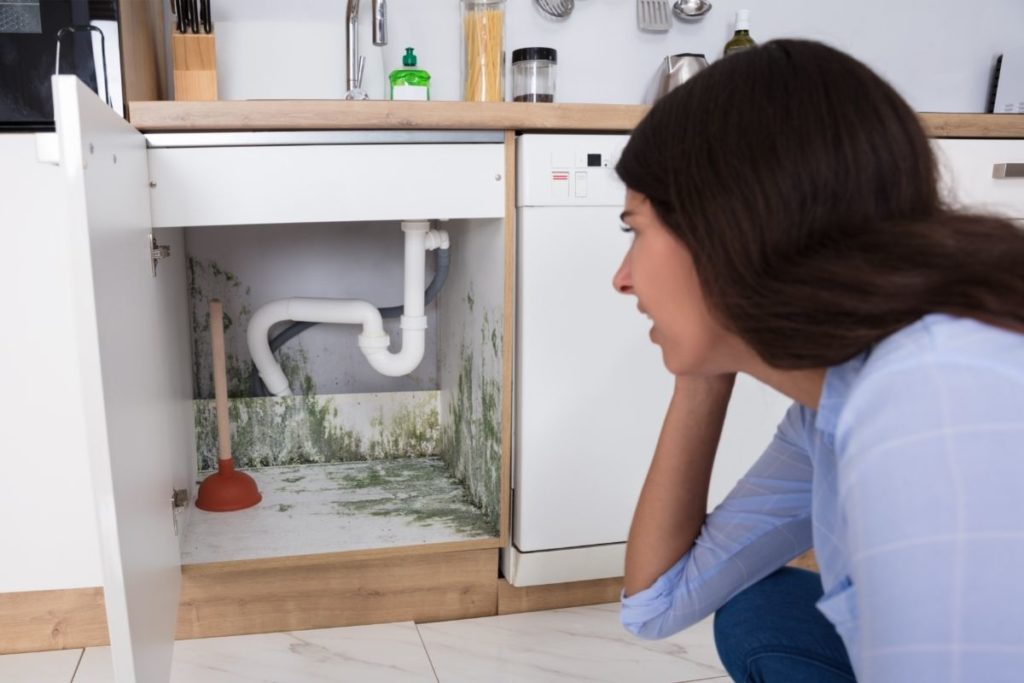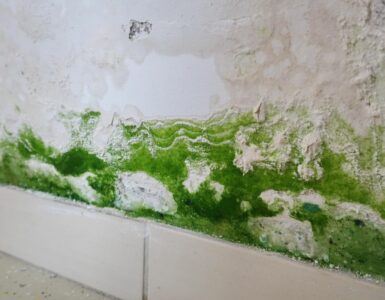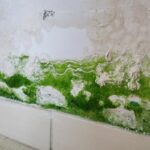The weather outside, notwithstanding activities carried out in the house, can create a perfect breeding environment for molds. Molds can grow even on the simplest things such as toys, books, and cardboard. As long as there is room for moisture or dampness, mold can find its way virtually anywhere. The surface does not have to be entirely soaked. Therefore to control this fungus, it is best to keep every character dry. Repair damaged pipes and sinks to avoid creating a perfect environment for them to grow.
In the U.S and Canada, molds are considered to be a growing menace. The media has given mold hazard quite some coverage and has become a health concern over the last decade. Despite such problems, not most people are taking track of indoor molds, yet they cause property damage and have several health implications. It is why organizations such as the environmental protection agency are taking an interest in this matter. To determine to what extent indoor molds are hazardous to people living in the infested spaces. Below are some of the dangers of inhabiting molds in your house.
Damages Surfaces And Gives You Extra Costs
Wherever molds grow, it is always hard to get the surface back to before the infestation. For example, a wall that has molds growing on it changes its color, and the paint on it gets blisters, which later causes the paint to fall off prematurely. Therefore you will be forced to put on new paint to cover the wall destroyed by molds or the fallen color. Molds that grow inside the wall may cause you to remove the interior part of the wall.
Additionally, if it grows on any wooden part of your house, it causes rot, requiring you to replace that section, especially if it’s a door or any other furniture. Making such replacements will mean you have to incur extra costs. Not forgetting it may also ruin your favorite dress or make your favorite book unreadable.
Cleaning up mold especially if there is a large infestation can be expensive. Additionally, you can spend a lot of money to have them cleaned up only to have them back after a few months. Therefore, after cleaning up, a general repair is done to fix the leaks or any infiltration. Thus, to avoid such expenses, ensure you prevent their growth or control them early before they form many spores.
Health Hazard
When it comes to our health, we always look at the more obvious things that may affect us, such as the food we take, but we forget to take care of some minor health hazards such as molds which, if left to grow, may cause harm. The molds are not toxic. However, they produce poisonous mycotoxins, which are natural toxins produced by these molds to protect them from other plants and species while competing for food.
The mycotoxins generated are dangerous to human beings and animals. These mycotoxins are responsible for producing aflatoxins found in decayed plants and are famous for causing liver failure and death, so it’s hard to imagine how dangerous these toxins can be if molds grow in your house.
Health complications
They are caused by mold and include:
- Itchy eye and skin irritation.
- Persistent headaches.
- People with allergies and asthma may get severe reactions. Also, a person without asthma may develop this chronic disease.
- You may also develop other respiratory tract infections. Molds cause airway inflammation which leaves room for other infections to come in. Therefore it makes you susceptible to more health complications aside from the one originally caused by the molds.
- Throat irritation and coughing even if one does not have allergies or other respiratory issues, the tiny mold spores can irritate your lungs.
- Severe reactions such as shortness of breath and fever
- Lung infection is another mold-borne disease. Mold may develop a foothold in your lungs and predispose you to such infections. An excellent example of mold-borne lung infection is known as aspergillosis.
Continuous exposure to a mold-filled environment may make pre-existing health conditions worse. For example, if one has asthma, these molds might be triggered in the house. Additionally, studies have indicated that exposure of young children to molds at an early age may predispose them to develop asthma and other respiratory complications.
Bottom Line
Even the cleanest and most organized house might have mold growing in weird places such as in the basement on old furniture or in a stack of books. It is also relatively easy to find them growing in your heating system; this is because the system circulates molds found in the air into the different parts of the heating system that harbor dust. Molds only need little nutrients, and they become a menace. Therefore, constantly carry out inspections and tests to identify whether there are any molds in your house.







